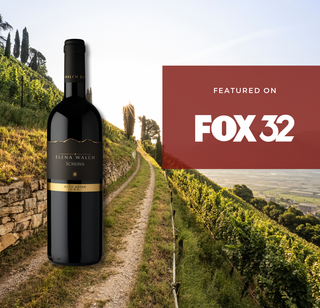Elena Walch
Alto Adige, Italy
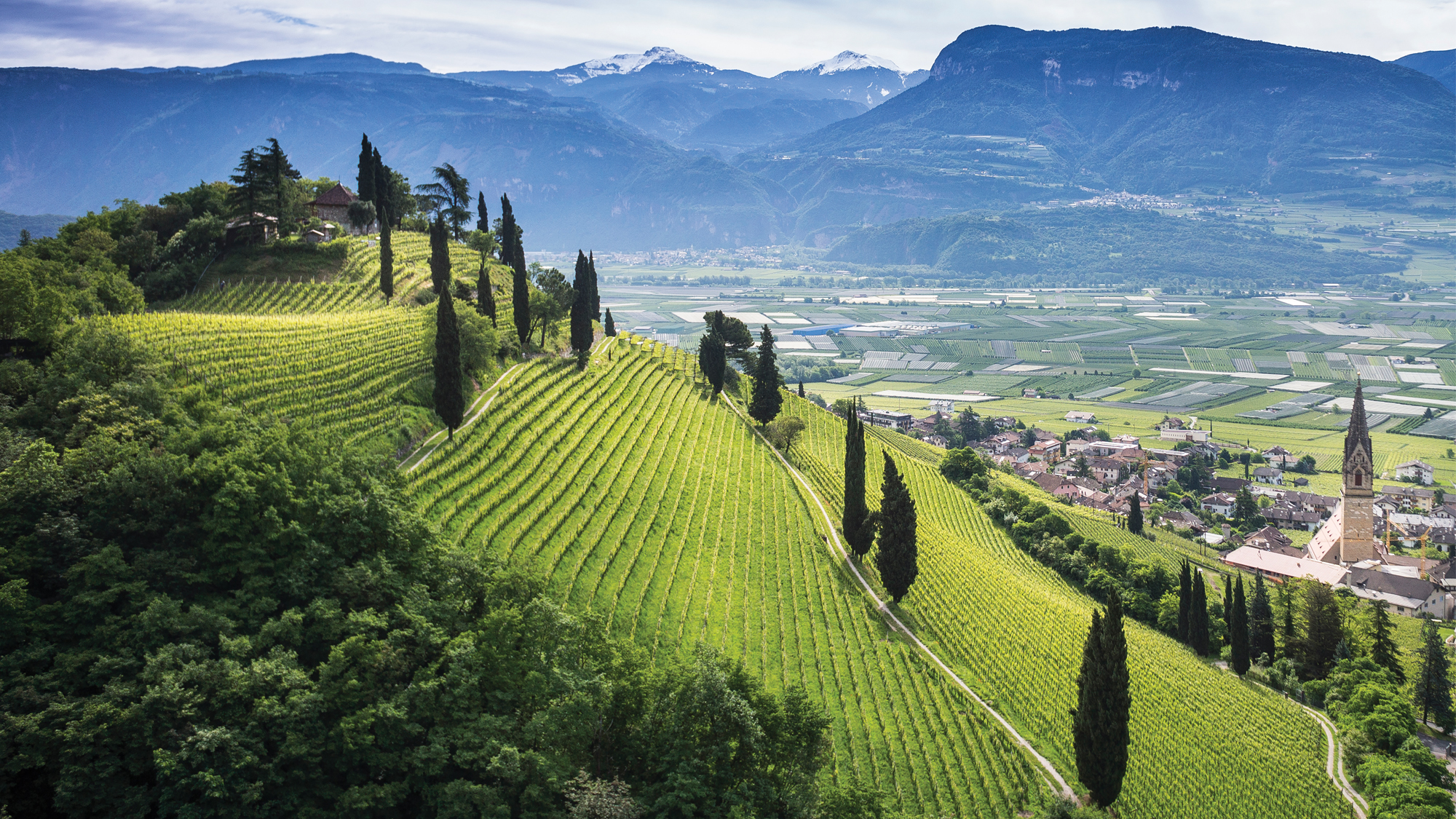
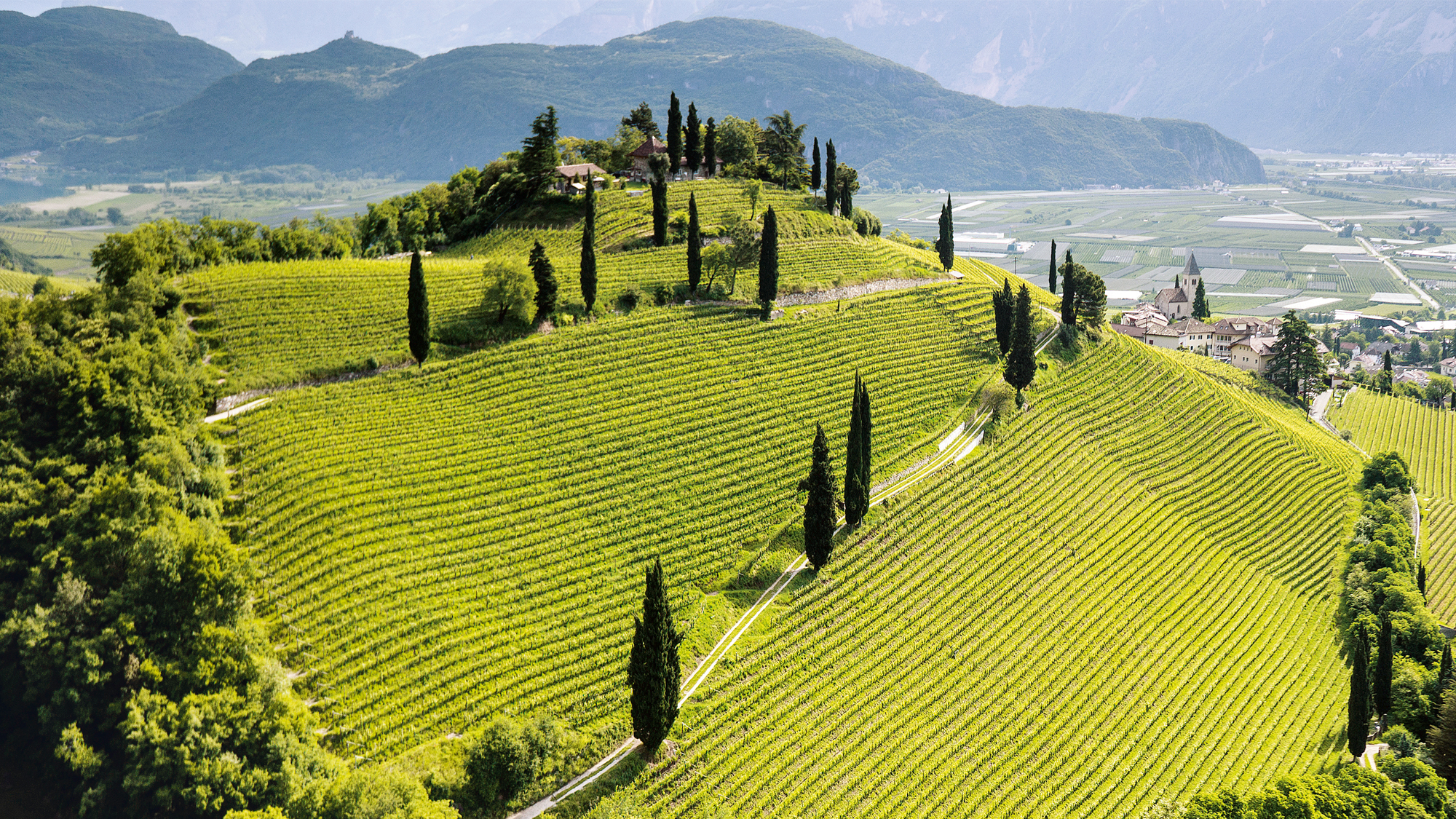
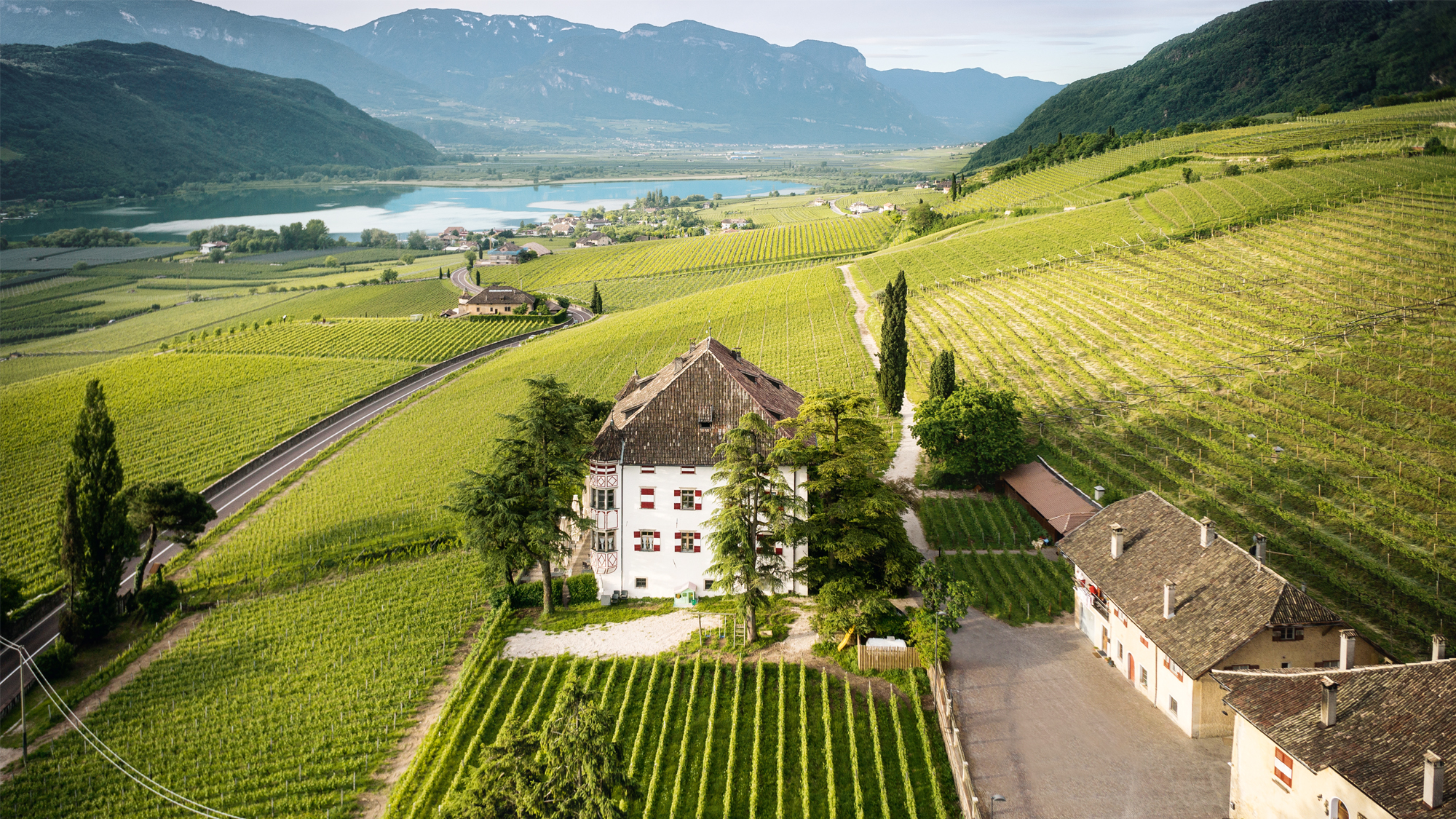
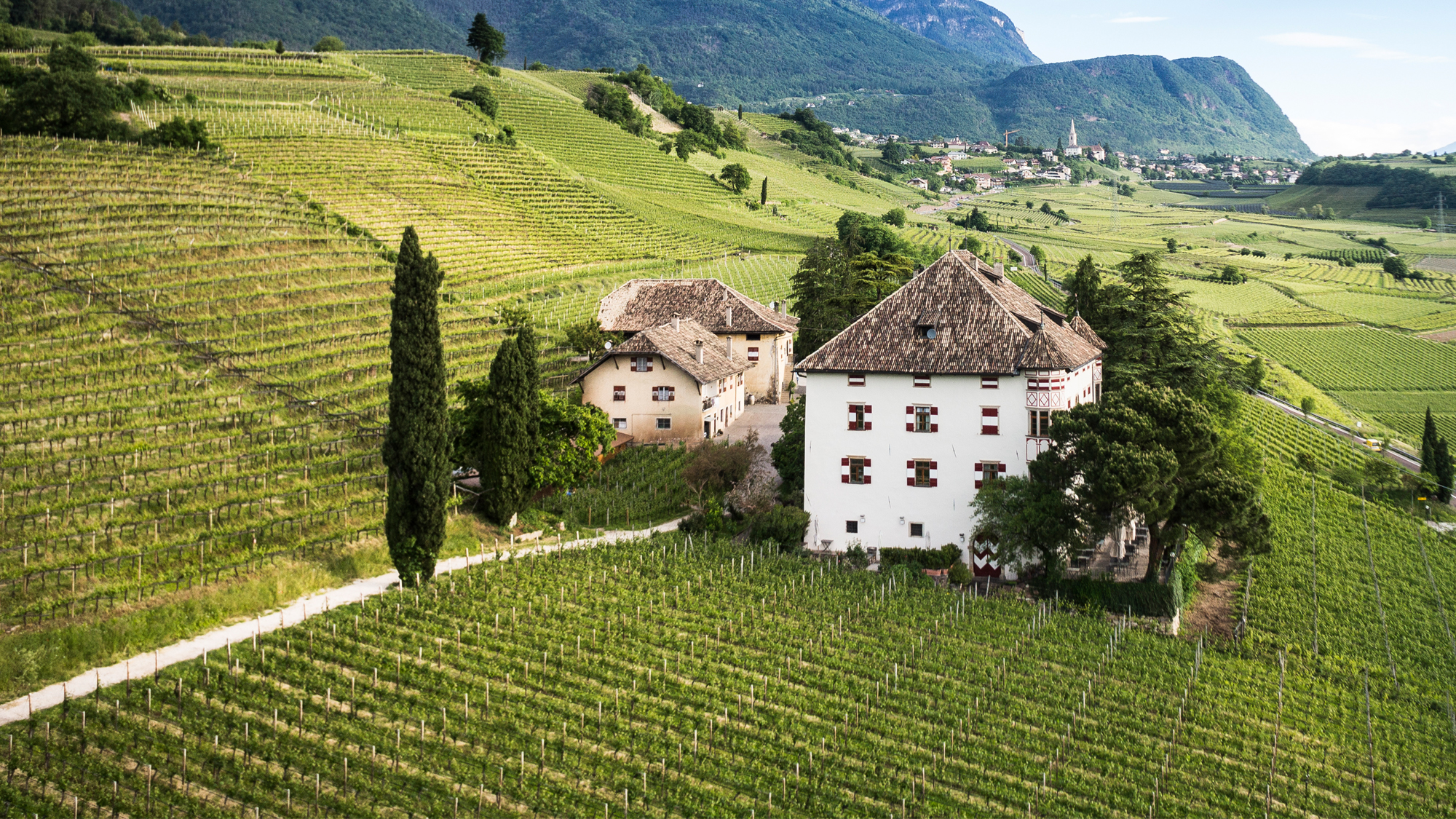
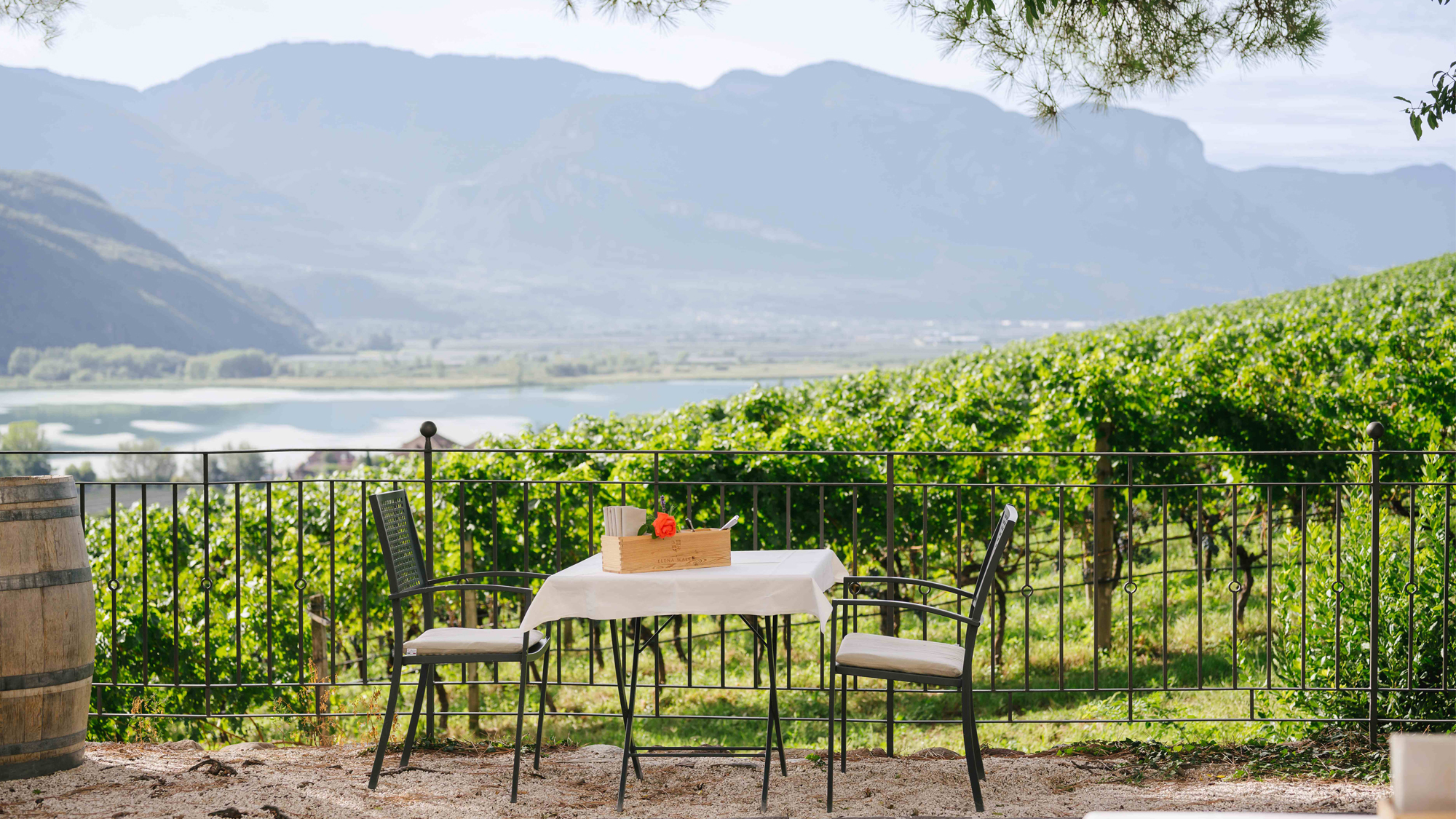
Elena Walch is a 5-generation family-run estate in Alto Adige, a region in the North-East part of Italy that led the wine quality revolution in the area and has gained a prominent international reputation. An architect by trade, Elena Walch married into one of the oldest and most significant wine families of the region and brought new, modern concepts to the traditional approach. Today, the responsibility for the family business is in the hands of Elena’s daughters, Julia and Karoline. With 220 acres in cultivation, including the two top vineyards Vigna Castel Ringberg in Caldaro and Vigna Kastelaz in Tramin, Elena Walch owns the most important “protagonists” of Alto Adige winemaking.
Winery Story17 Results
Alto Adige DOC
Pinot Grigio Alto Adige DOC
Alto Adige DOC
Schiava Alto Adige DOC
Alto Adige DOC
Lagrein Alto Adige DOC
Alto Adige DOC
Pinot Bianco Alto Adige DOC
Alto Adige DOC
Sauvignon Alto Adige DOC
Alto Adige DOC
Chardonnay Alto Adige DOC
Alto Adige DOC
Gewurztraminer Alto Adige DOC
Alto Adige DOC
Vigna Castel Ringberg Pinot Grigio Alto Adige DOC
Alto Adige DOC
Vigna Castel Ringberg Sauvignon Alto Adige DOC
Alto Adige DOC
Vigna Castel Ringberg Lagrein Riserva Alto Adige DOC
Alto Adige DOC
Vigna Kastelaz Gewurztraminer Alto Adige DOC
Alto Adige DOC
Kristallberg Pinot Bianco Alto Adige DOC
Alto Adige DOC
Beyond the Clouds Alto Adige Bianco DOC
Alto Adige DOC
Ludwig Pinot Nero Alto Adige DOC
Alto Adige DOC
Aton Pinot Noir Riserva Alto Adige DOC
Vigneti delle Dolomiti IGT
Rosato 20/26 Vigneti delle Dolomiti IGT
Alto Adige DOC
Kermesse Rosso MMXI Alto Adige DOC
